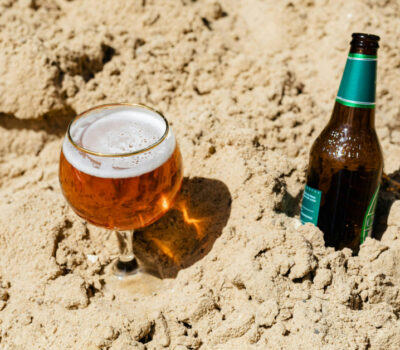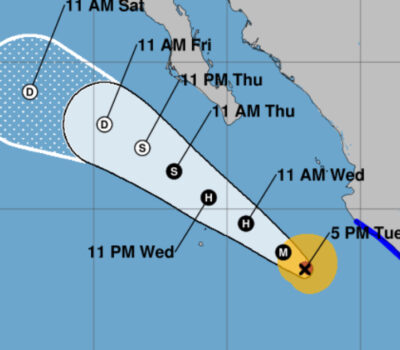The Aztec capital of Tenochtitlán (at modern Mexico City) was founded in 1325 on a muddy island in the lake that at that time filled the Basin of Mexico.
A second group of Aztec settled the nearby island of Tlatelolco in 1358.
Both sites began as small collections of reed huts but, with the growth of Aztec power, developed into cities, eventually fusing into a single conurbation.
Surrounded by “floating gardens” – artificially created islands where produce was grown – Tenochtitlán was joined to the mainland by three causeways. An aqueduct supplied fresh water from Chapultepec.
Along with the many palaces and marketplaces of the city the Tecpan, a central plaza contained the two principal temples, built on a huge terraced pyramid.The famous Calendar Stone of the Aztecs was found in the Tecpan.
By 1519, the year the Spaniards arrived, Tenochtitlán – Tlatelolco had a population of more than 200,000. It was laid out on a grid plan and covered more than 12 km2 (4.6 mi2), much of this consisting of reclaimed swampland that formed a zone of fertile garden plots around the edge of the city.
At the center of Tenochtitlán was a large walled precinct, the focus of religious activity, containing the main temples (dedicated to Huitzilopochtli, Tlaloc the Rain God, and Quetzalcóatl); also found there were schools and priests’ quarters, a court for the ritual ballgame, a wooden rack holding the skulls of sacrificial victims, and many commemorative sculptures.
Just outside the precinct walls were the palaces of Montezuma II and earlier rulers.
A 16-km (10-mi) dike sealed off part of the lake and controlled flooding, so that Tenochtitlán, like a Mexican Venice, stood on an island in an artificial lagoon.
Causeways linked the island to the lakeshore, and canals reached to all parts of the city.
Between 1519 and 1521, Tenochtitlán was besieged several times by the Spaniards under Hernán Cortés.
To create space for their cavalry to maneuver, the invaders pulled down most of the city’s buildings, later constructing colonial Mexico City on the same spot.
Because of these activities and the expansion of the modern city, few Aztec buildings can be seen today. The site of the Templo Mayor (Great Temple) was found in 1978, however, and excavation has revealed more remains than expected.
The Aztec capital of Tenochtitlán (at modern Mexico City) was founded in 1325 on a muddy island in the lake that at that time . . .











